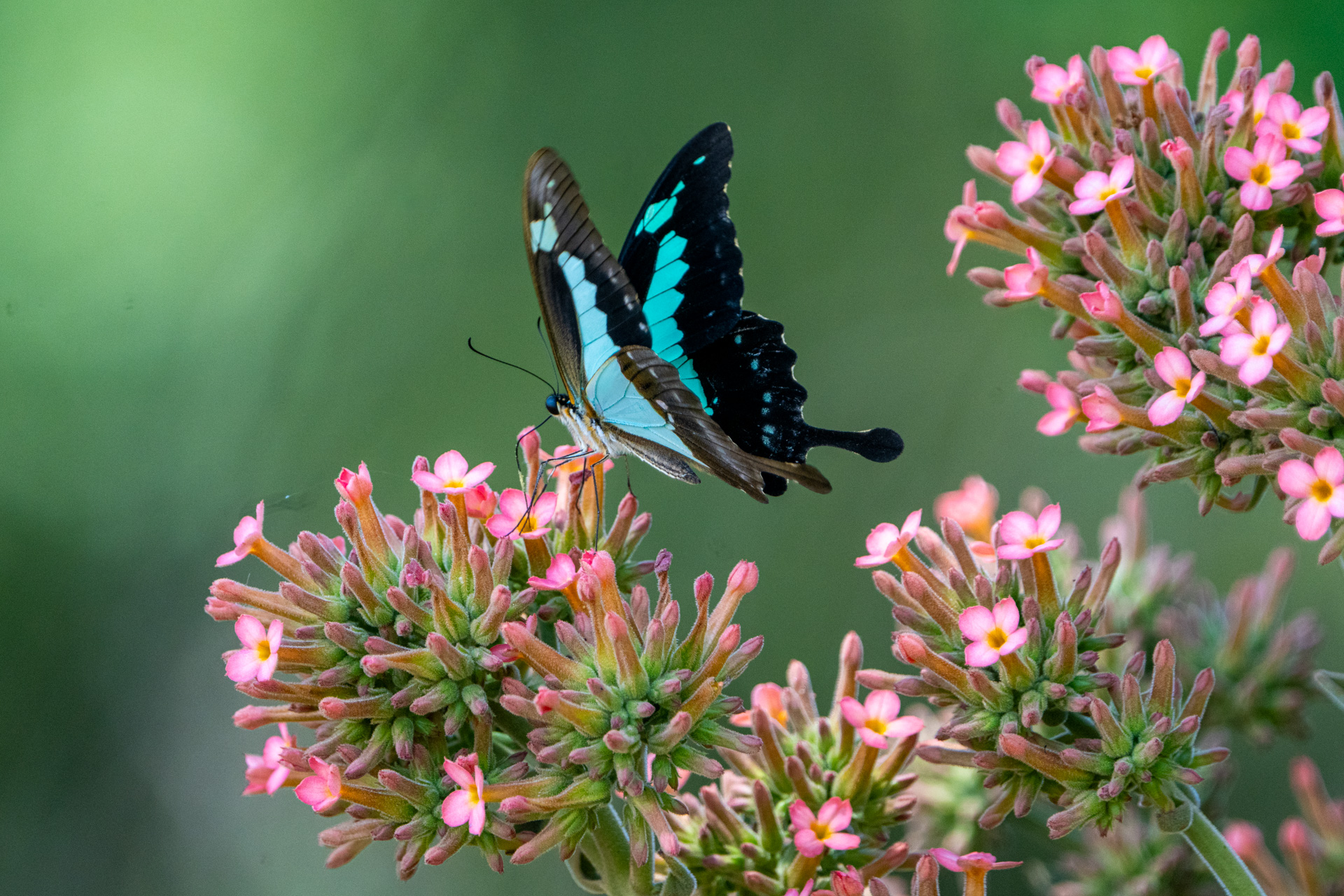
This week, the crossings of the Mara River have continued with the main action around the Miti Moja and U-crossing points — not far from the Purungat Bridge. One of the most exciting things about the Great Migration is that it is dynamic and unpredictable as thousands of wildebeest (also known as gnus) and zebras move from the Serengeti and cross the river. It is fascinating to watch as they flow in a fluid motion like the river itself. Considered 'gregarious' animals, wildebeest have a hierarchical structure within their large groups demonstrating cohesive social behaviour.
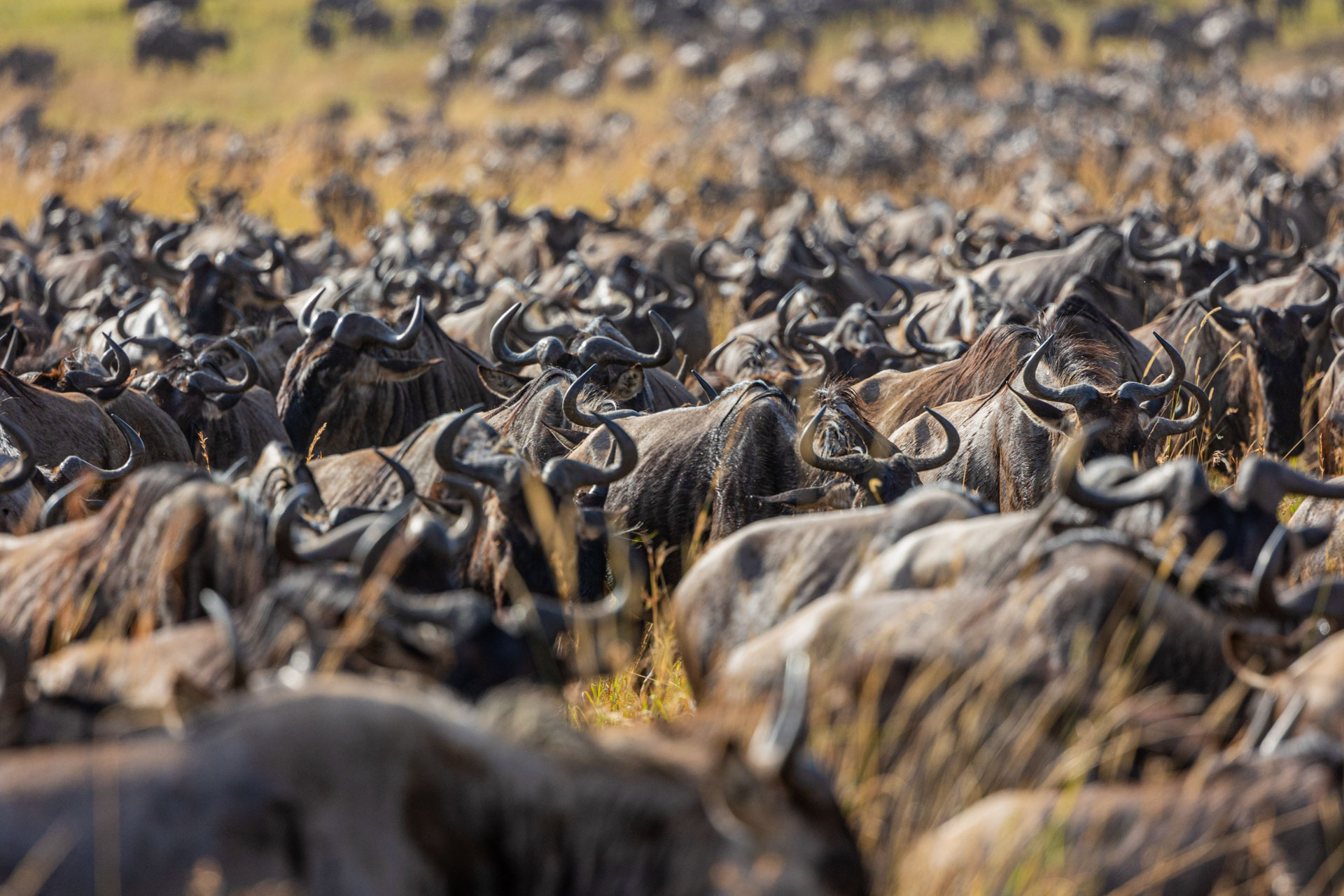
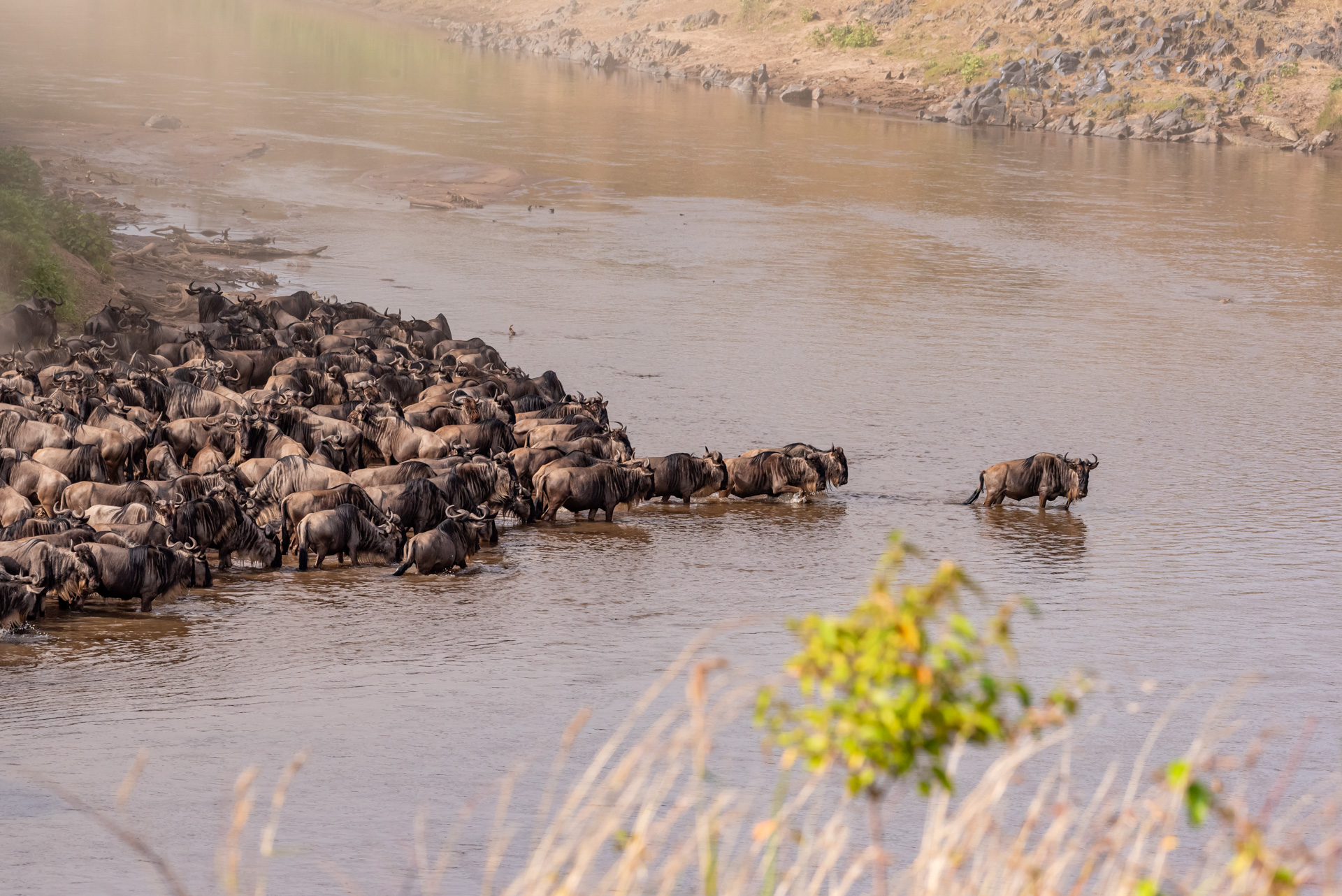
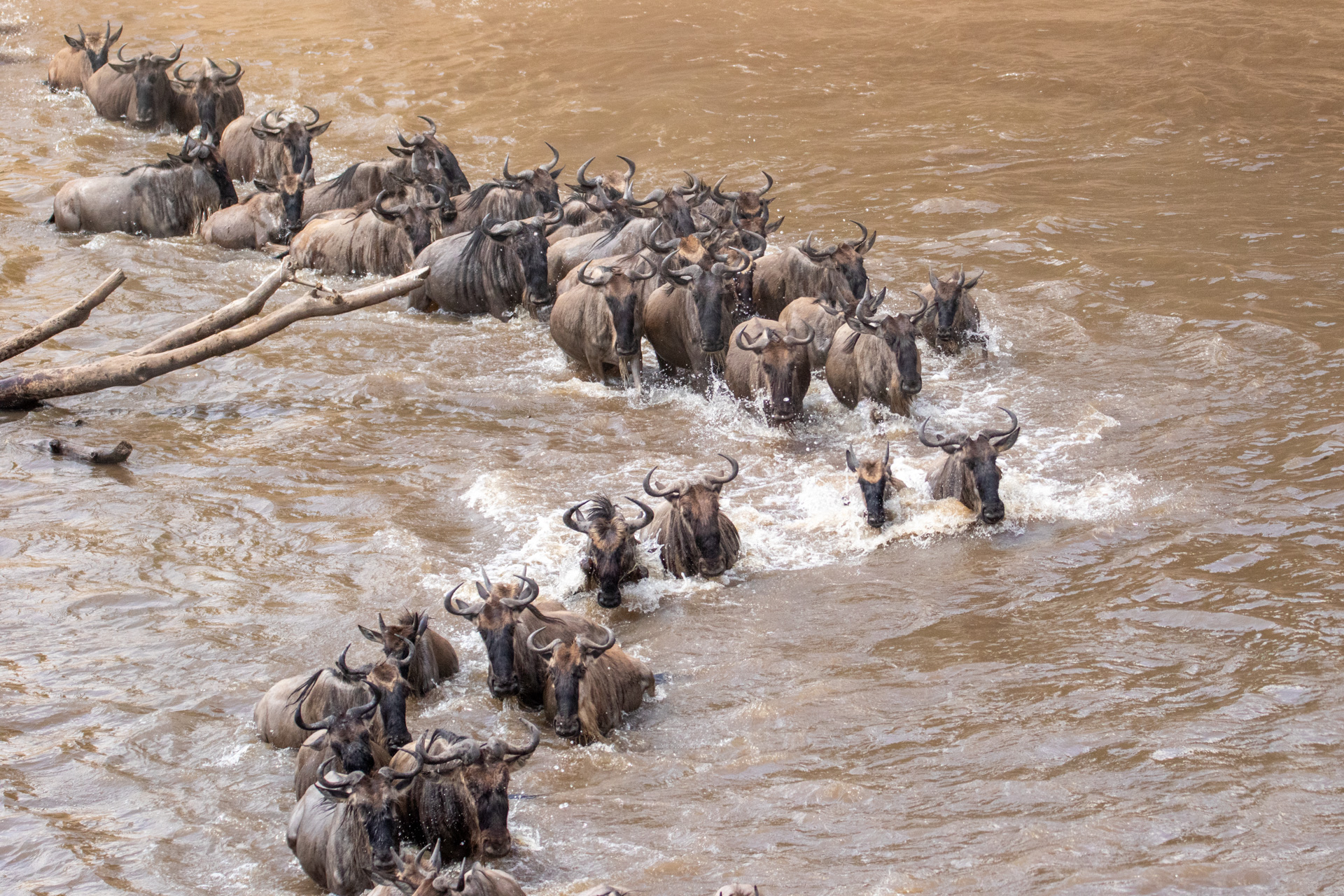
True to its unpredictable nature, on one occasion we waited for several hours for a crossing to happen. The mass slowly began to congregate near the bank. Initially, members of the group would cautiously walk down the steep bank then take some drinks of water and quickly run back up, which happened several times. Then, a group of zebras that had already crossed began to call — they moved back near the river and called to the rest, encouraging them to cross. For almost half an hour, a stream of animals crossed. We watched as they kicked up dust into the air as their distinct calls echoed across the plains.
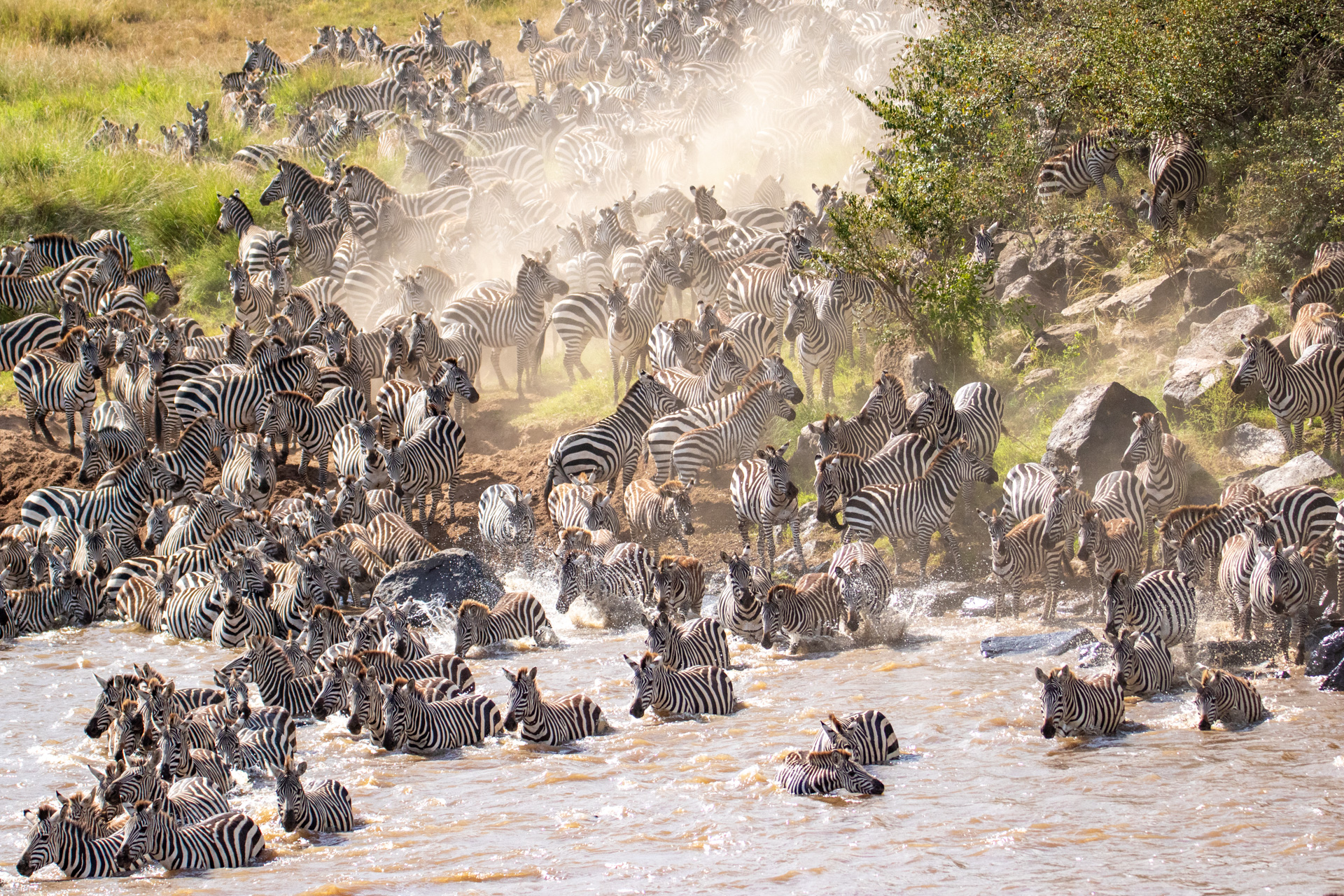
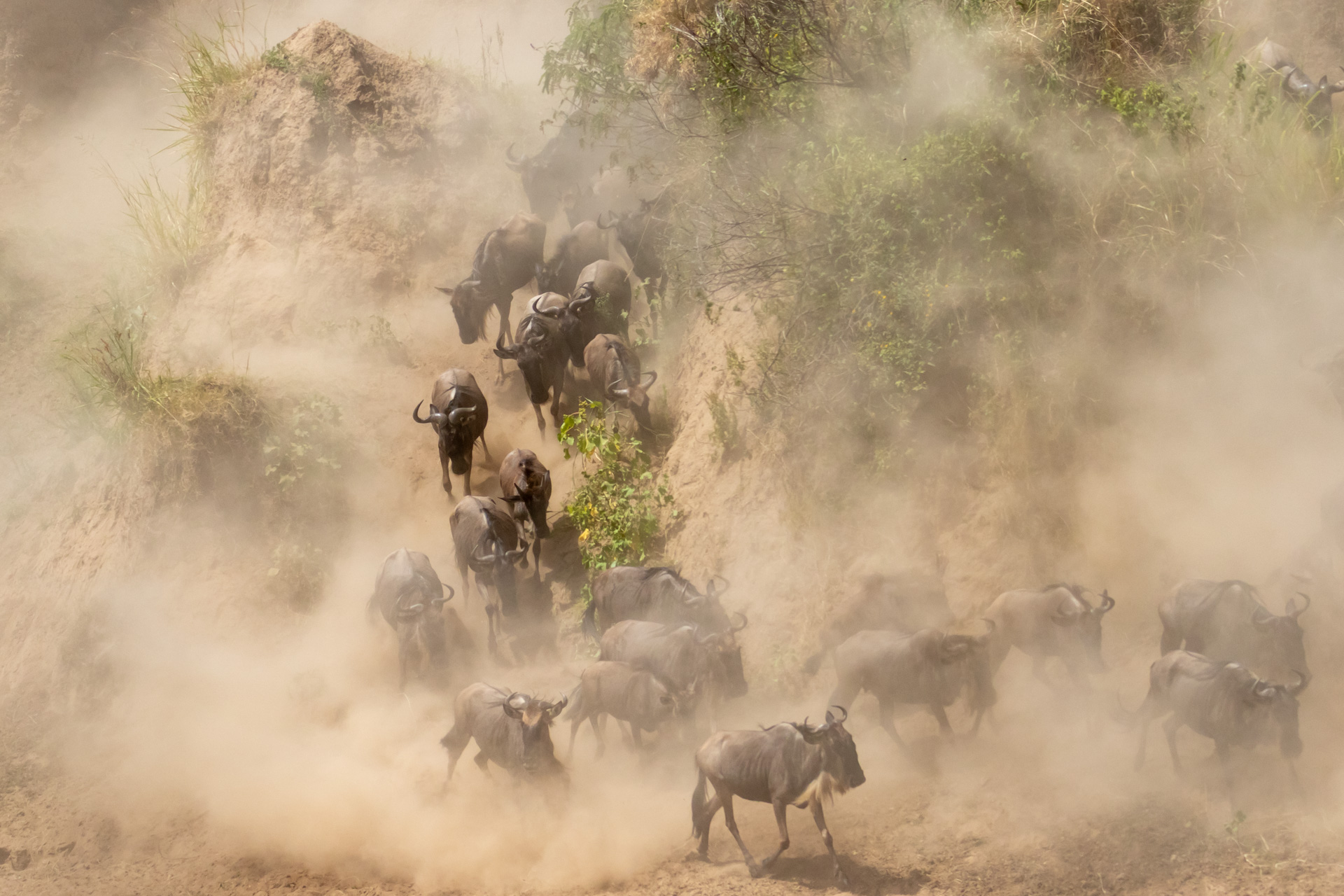
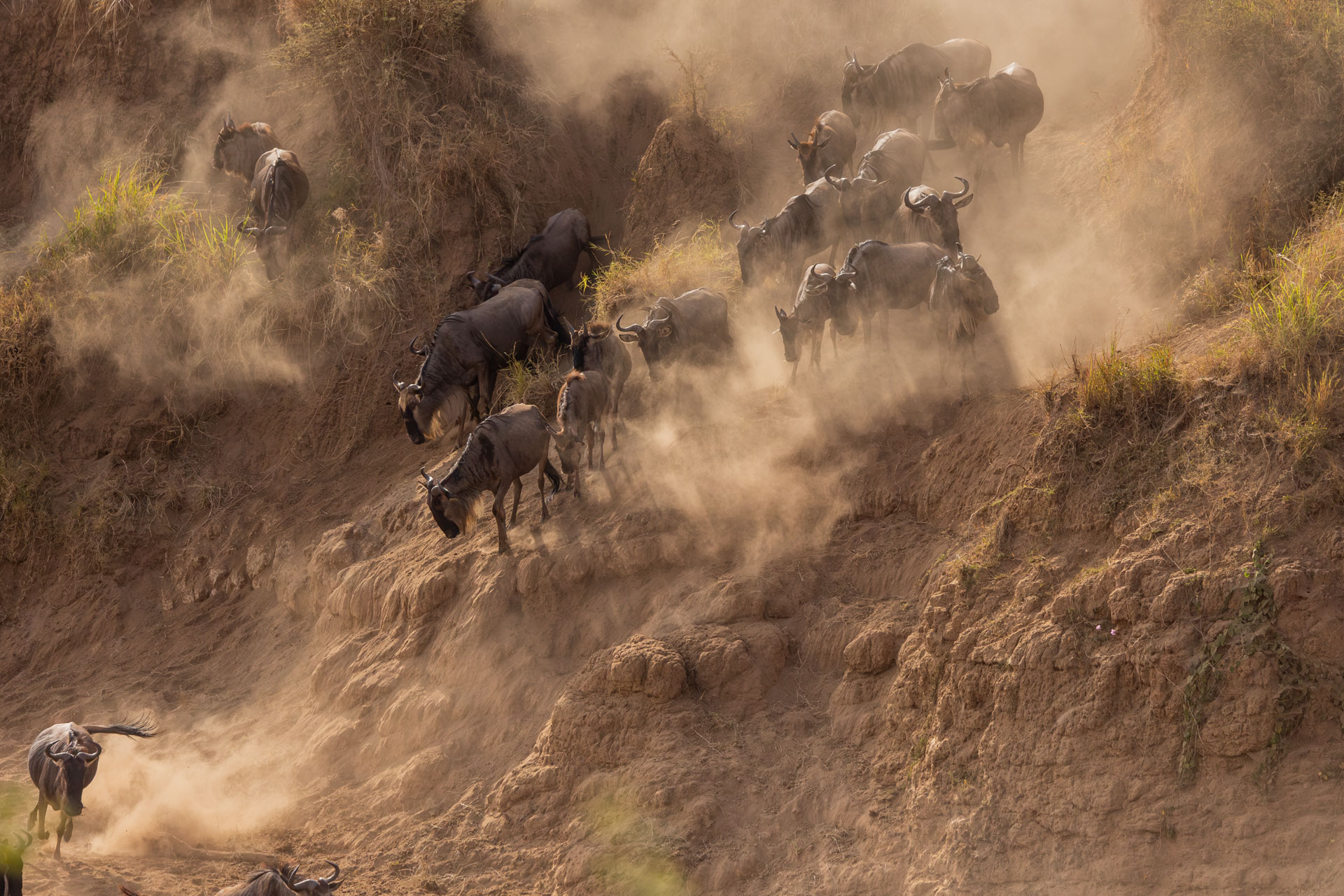
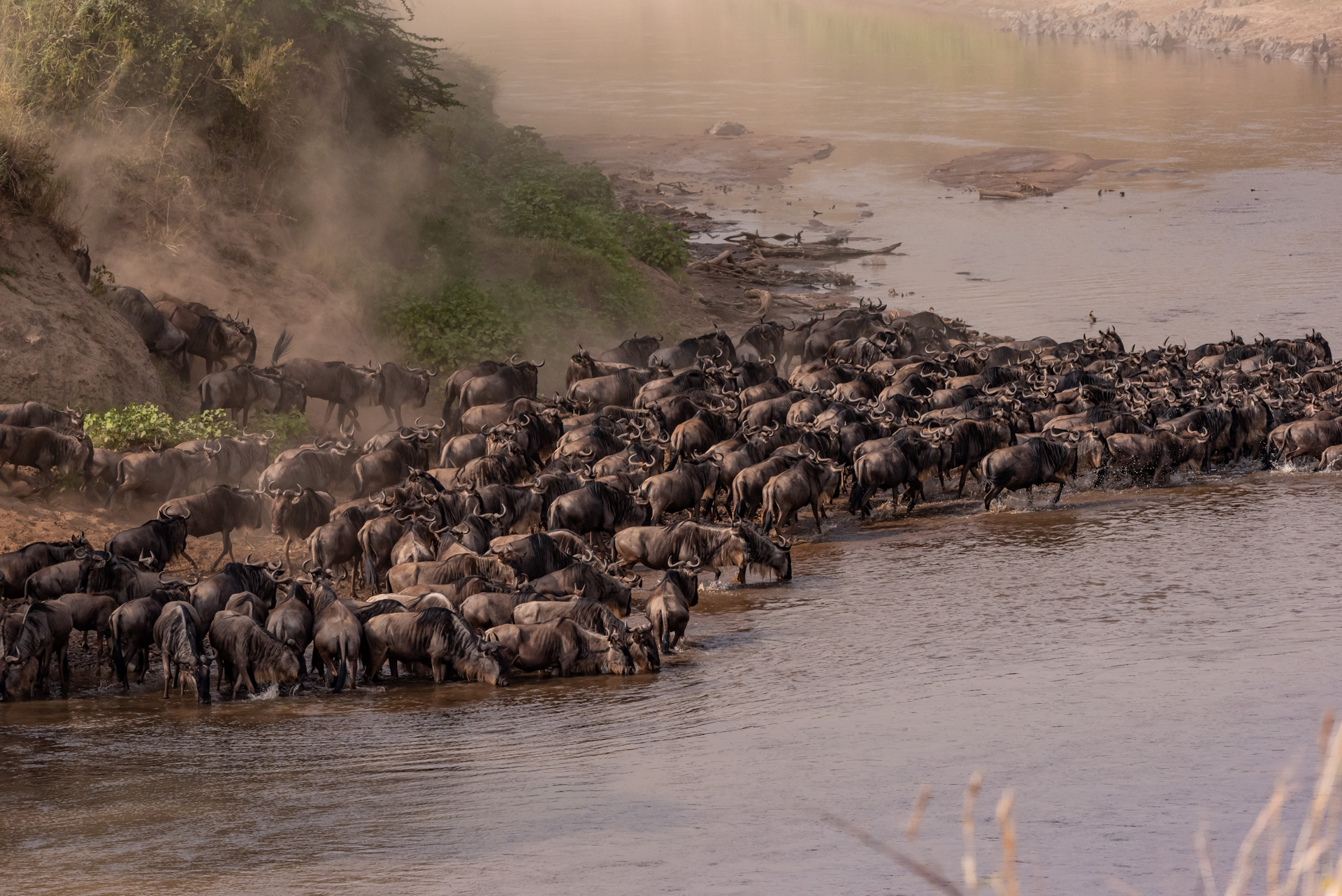
I want to take a moment to acknowledge the hard work of the Mara Conservancy's rangers. During peak season, their jobs are not easy as they ensure safe viewing for both the wildlife and the people. The rangers are careful to control how close people can get to the fragile natural events that require the right conditions to take place. If not managed correctly, the behaviour of these species can be negatively impacted. Recent new rules and regulations have been implemented in the Mara Triangle with the core focus to maintain order with nature and conservation. Pictured below are rangers, Julius Tierewa and Allan Giggs Lemande, in the iconic green Maruti patrolling the crossing.
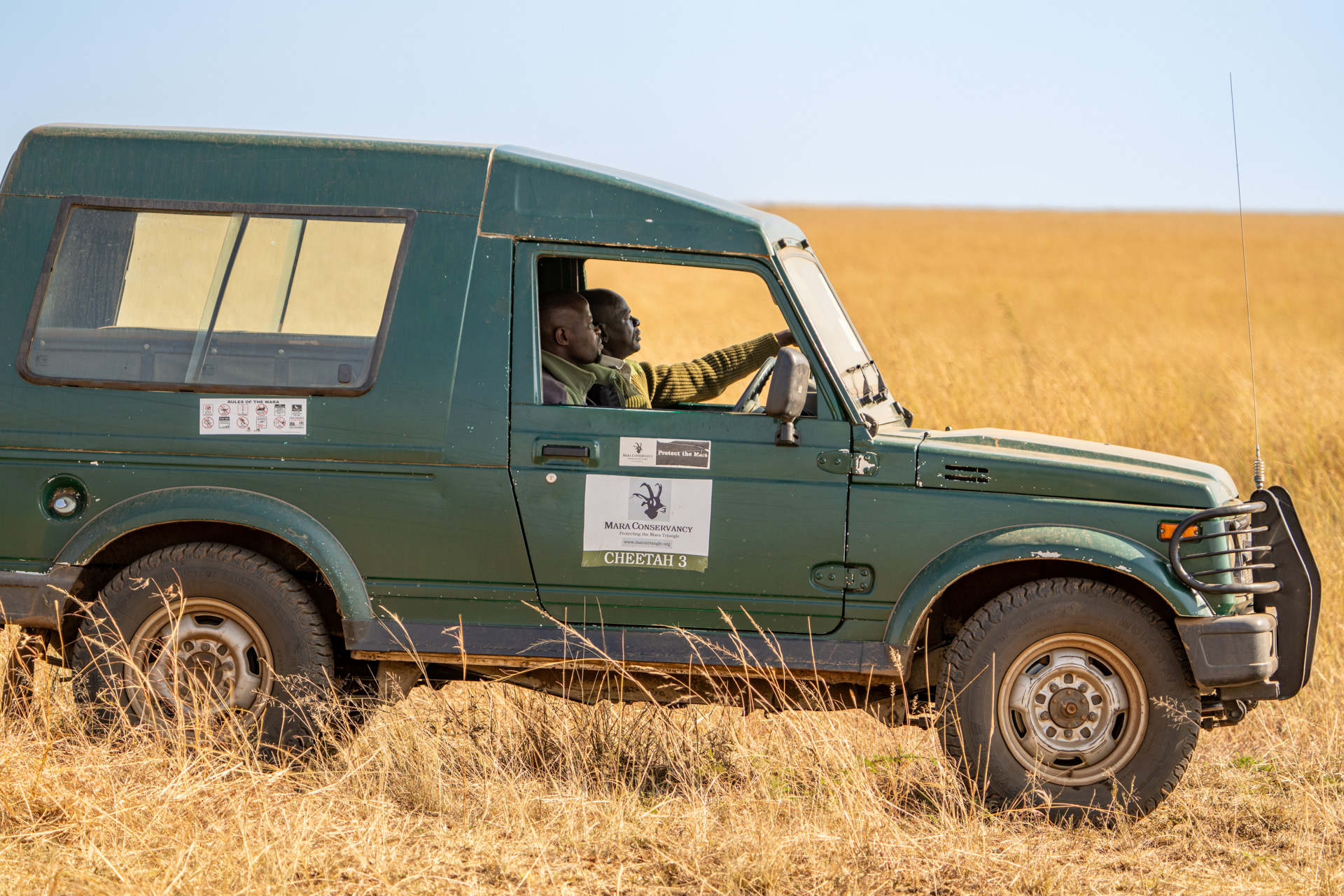
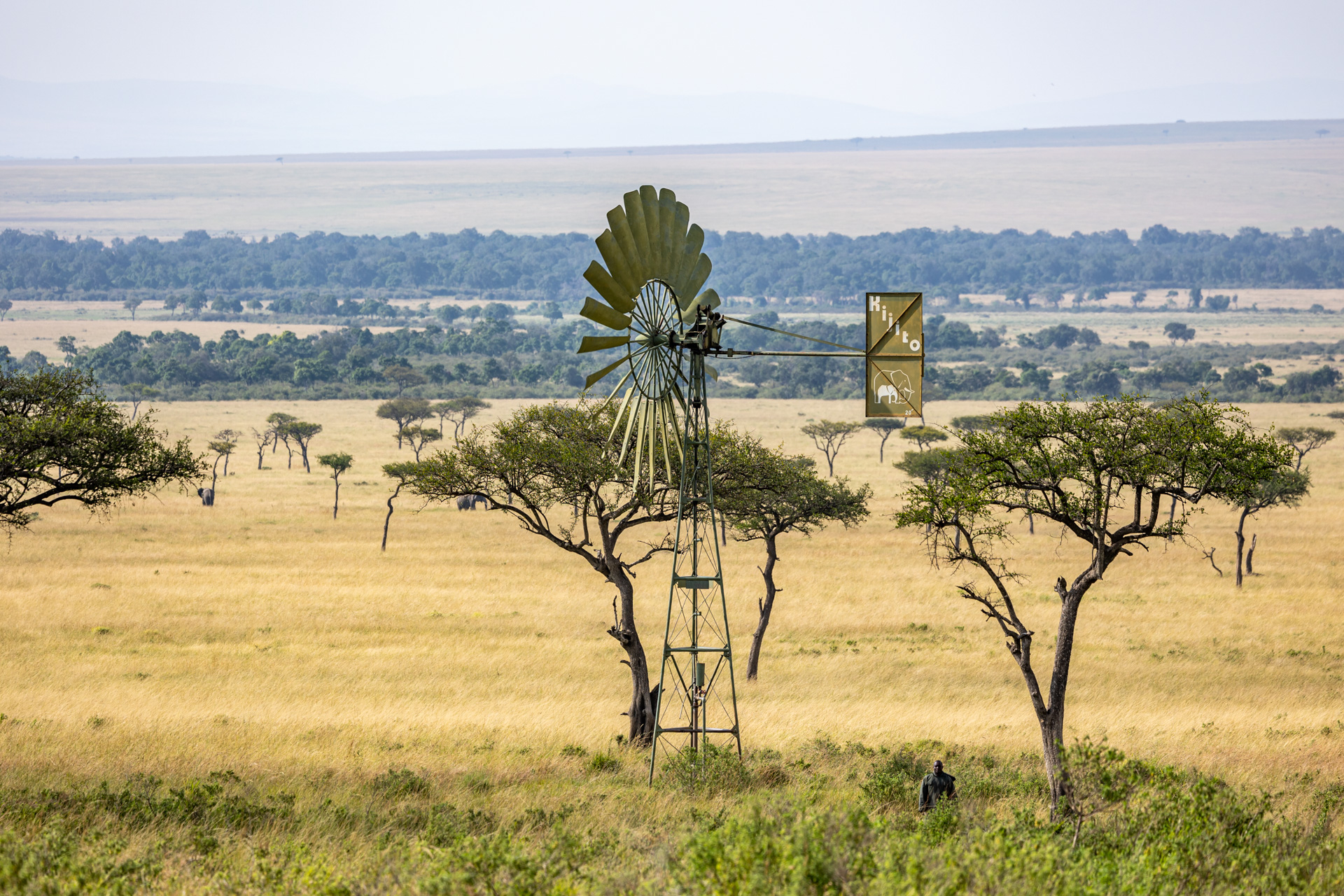
Controlled burning has continued in zoned parts of the park to attract new growth and vegetation, a favourite of the migration. The resulting fresh new shoots already attract plenty of wildlife.
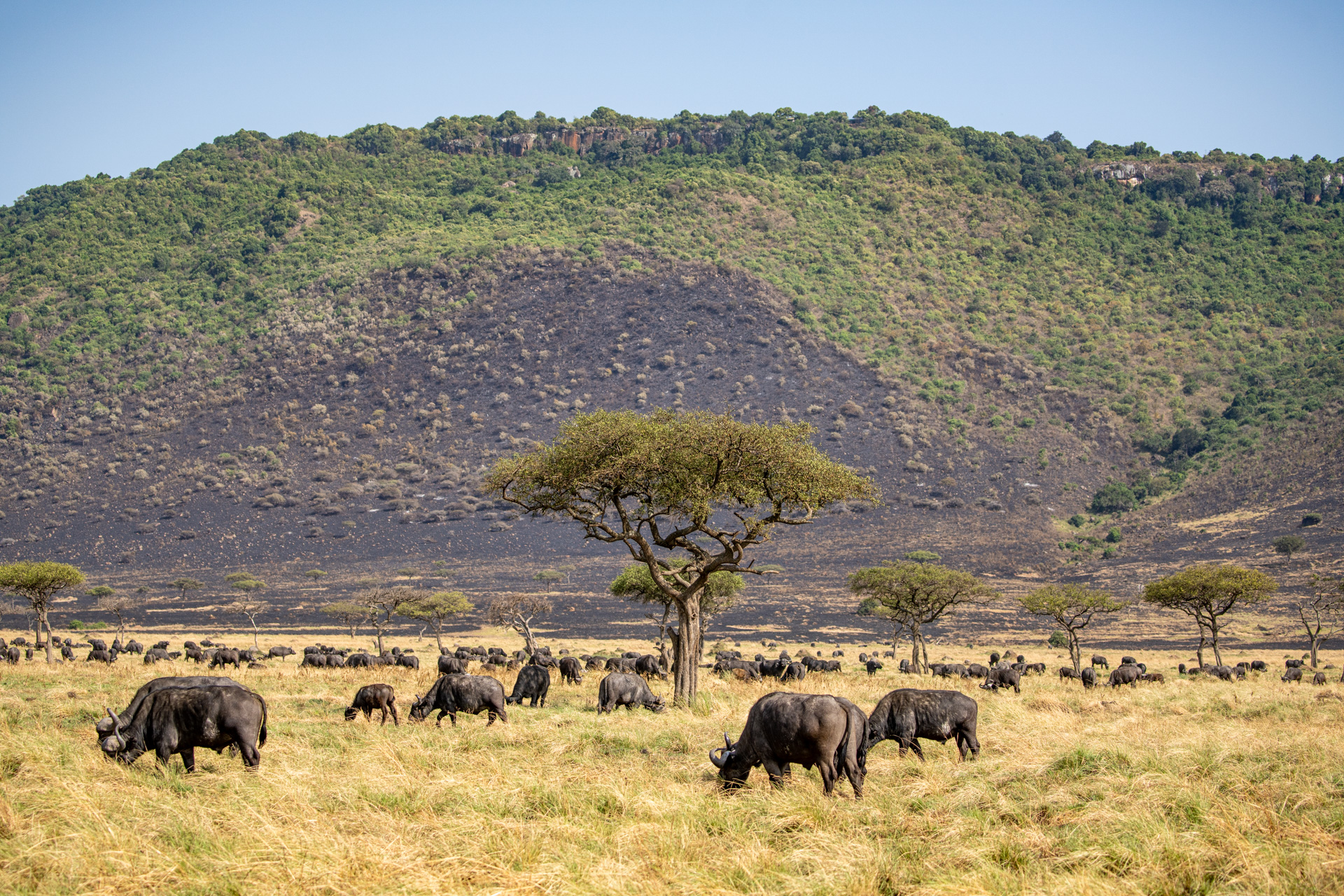
Angama guide Wilson came across the Sausage Tree Pride feeding on a buffalo near Steve Fitzgerald's tree. Not much was left for the lions but the scavengers are sure to move in to finish off the bones. It is predicted that soon the mega herds will start to move north, which means the pride will have plenty of game to choose from.
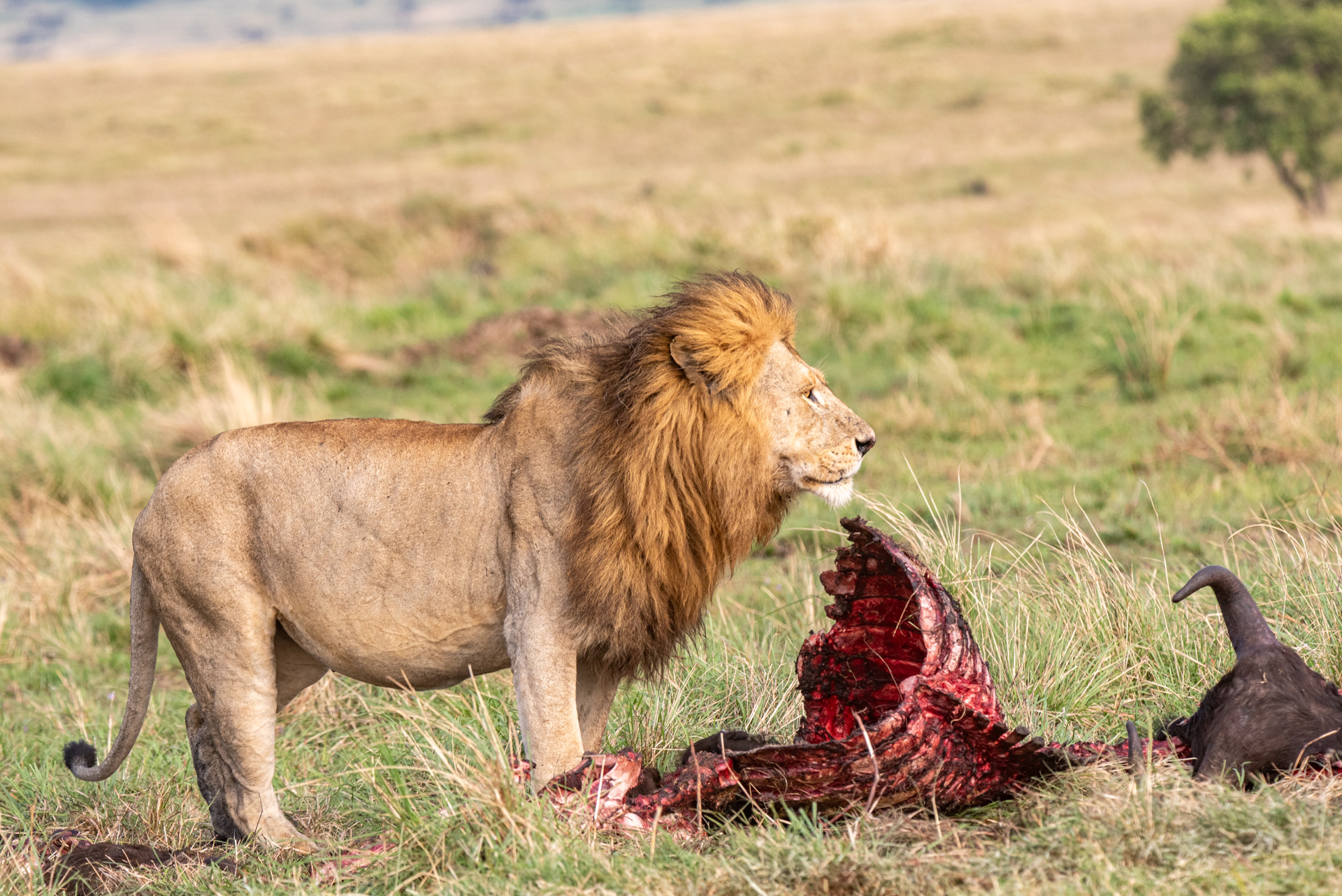
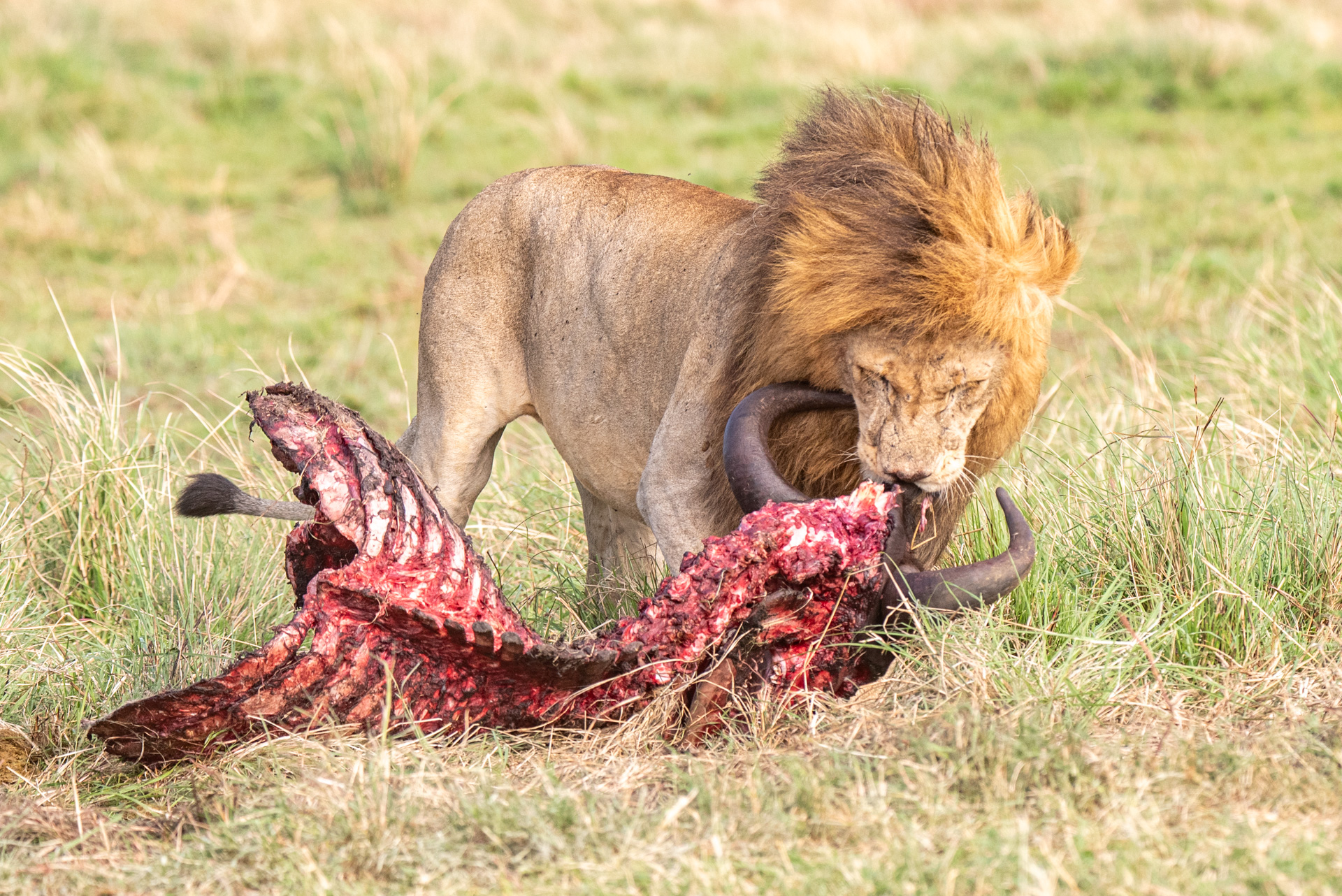
In other lion news, the lone male from the Serengeti seems to have formed a coalition with a young Owino male and they have been spotted with the Angama lioness just down the escarpment. As mentioned last week, we think that she is pregnant and we're hoping her cubs will survive this time. I captured an interesting moment as the image below shows the flehmen response. This is a form of communication that facilitates the transfer of pheromones and other scents to Jacobson’s organ located in the nasal septum.
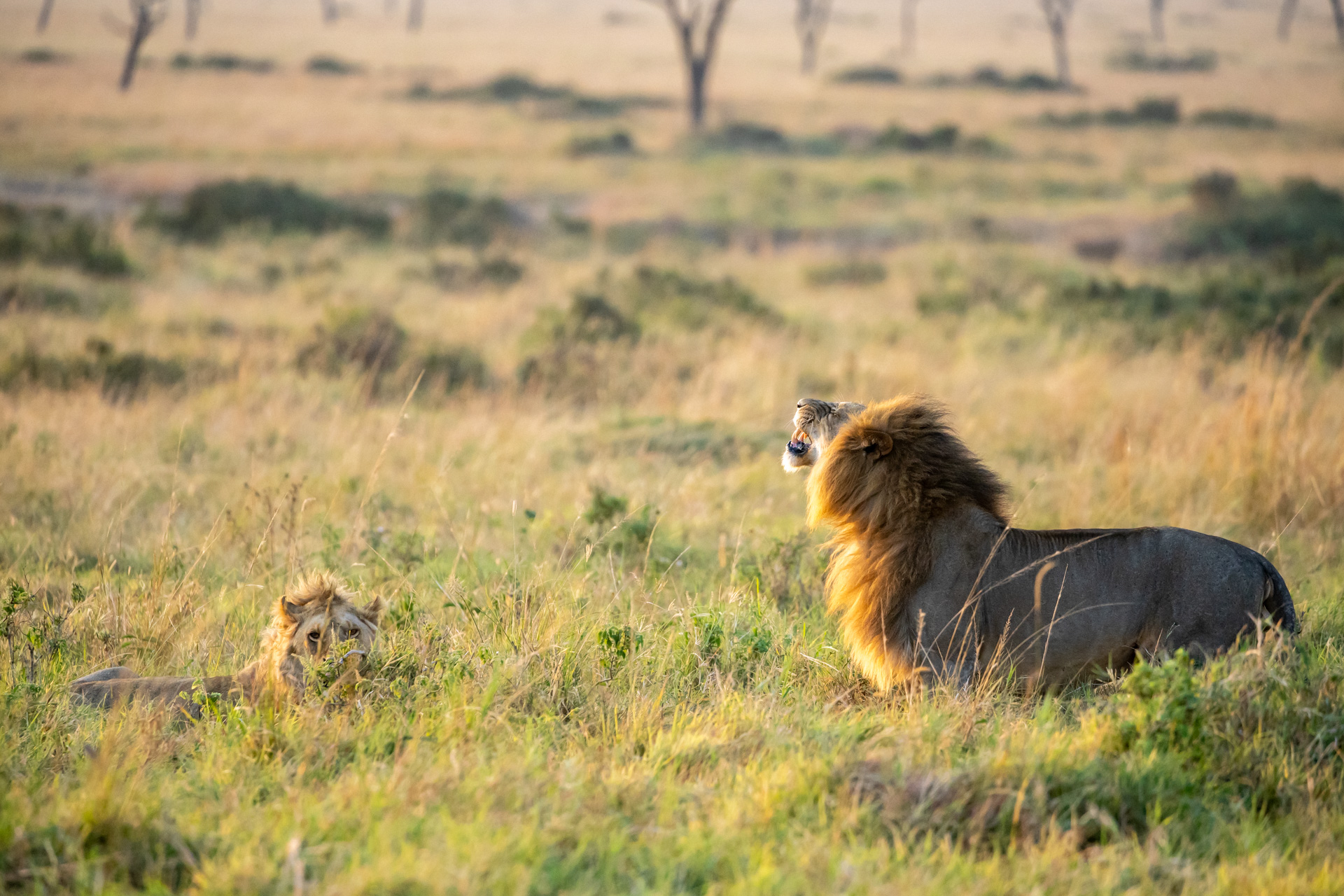
There is a family of hyenas living in the culverts just below the main road not far from Maji ya Ndege. I continue to be captivated by what we can learn about animal behaviour by observing their complex social dynamics. We spotted a mother with two cubs as they were basking in the morning sun soaking up the heat on a chilly morning.
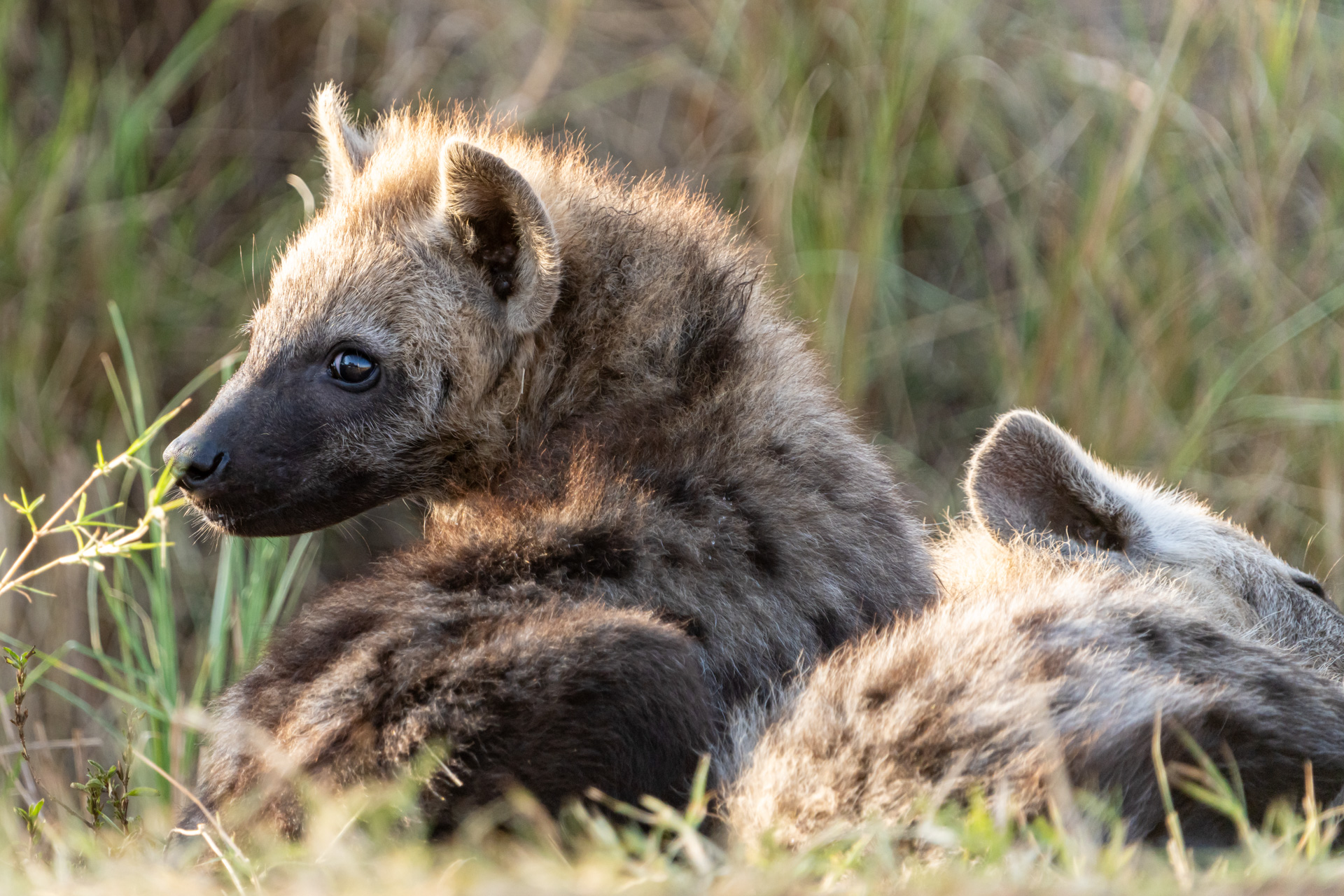
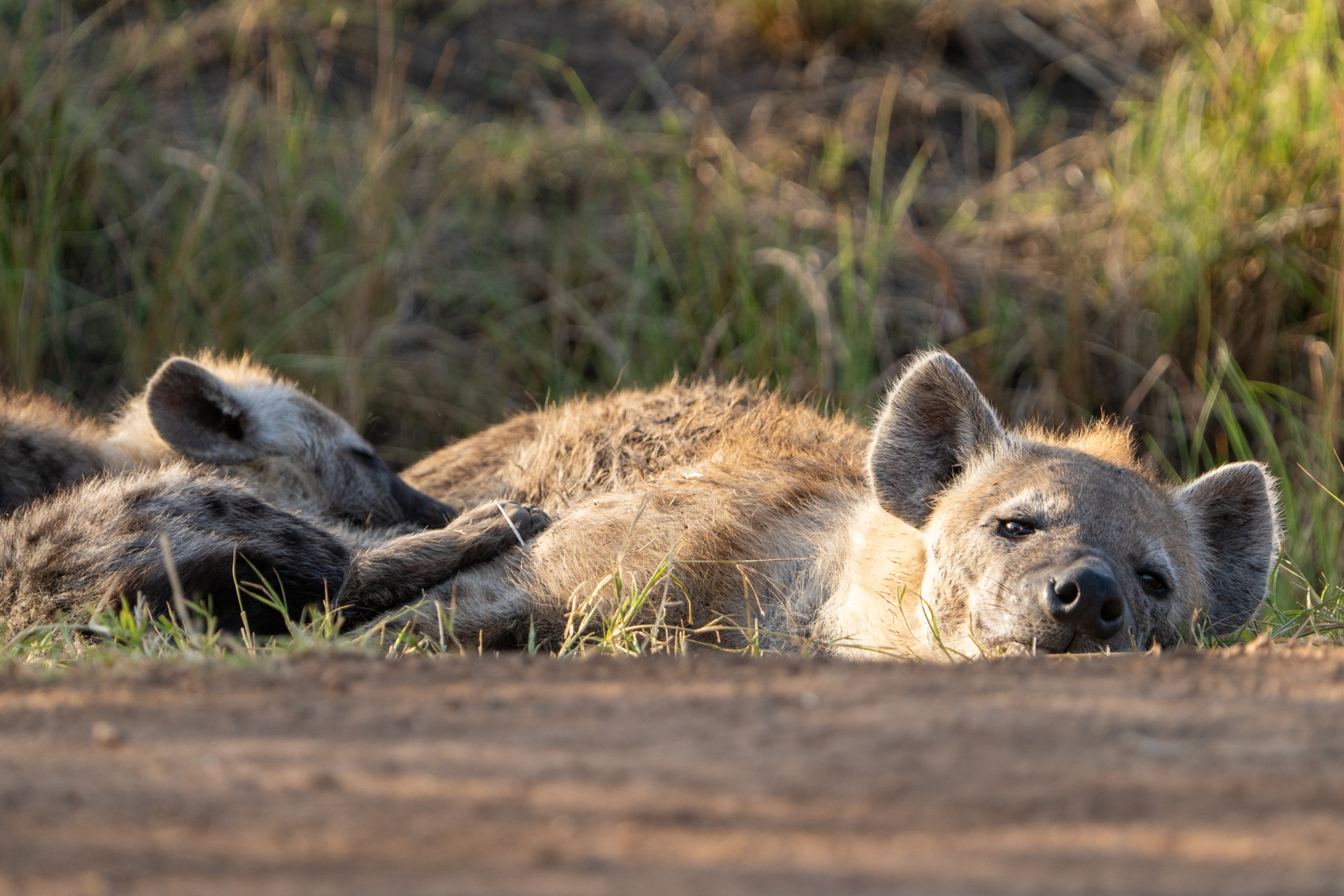
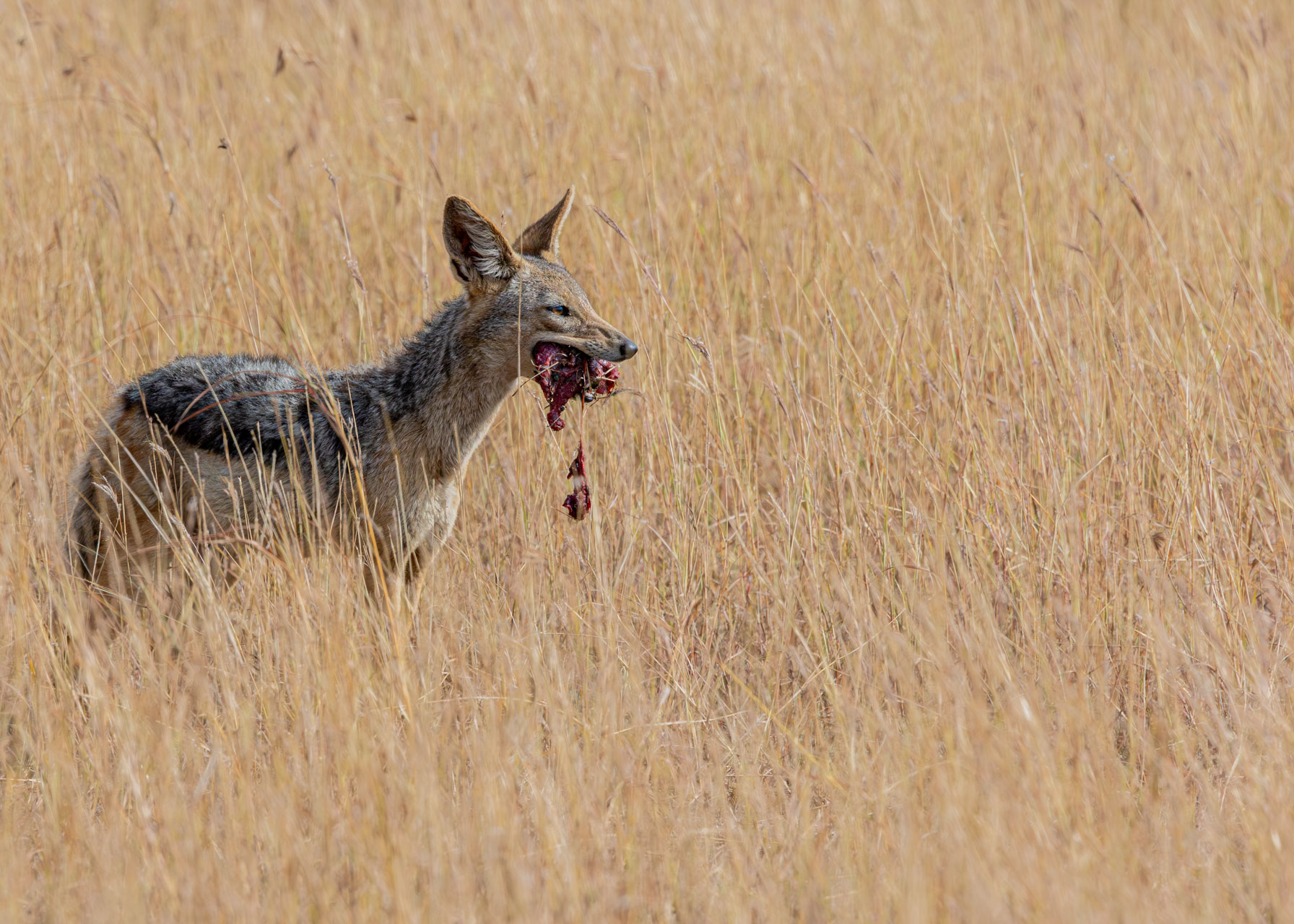
When we talk about the migration we use words like 'mega' and 'great' and it truly is a grand spectacle but beauty and wonder can be found anywhere in the Mara, big or small. But understanding biodiversity and interconnections between species in nature is important. All year-round, unique creatures of different sizes float around gracefully in the air — they are like hidden gems shared with those who appreciate them.
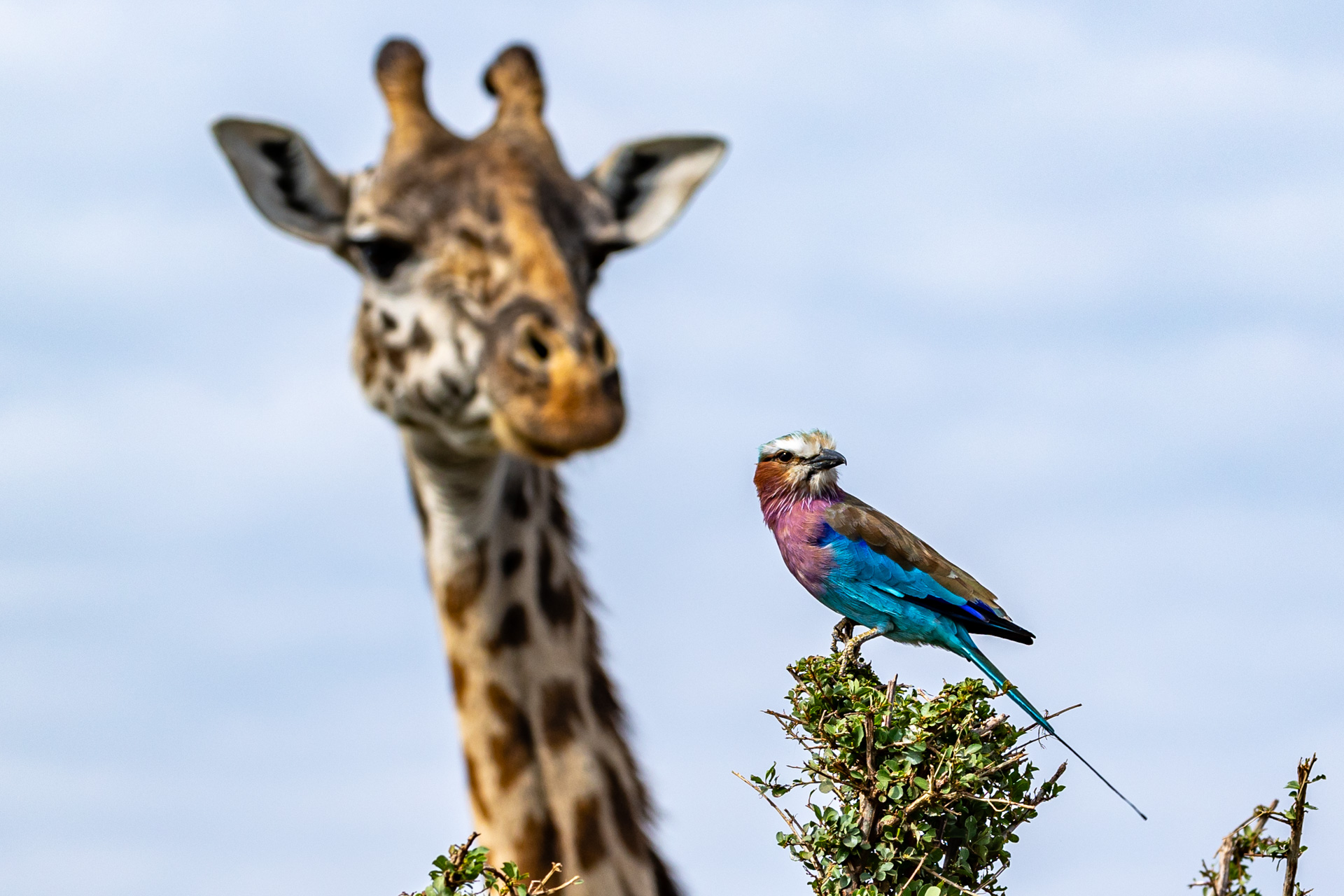
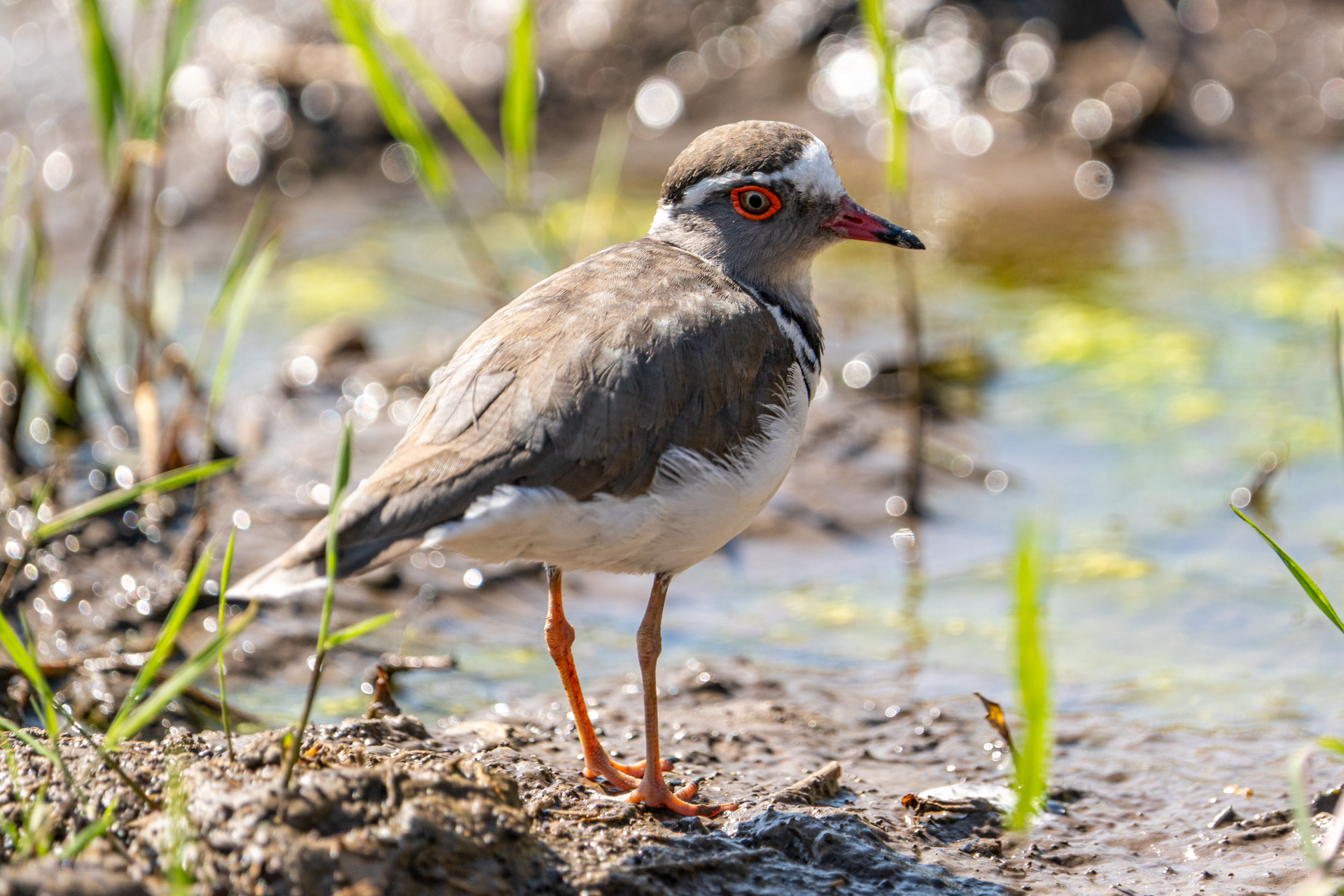
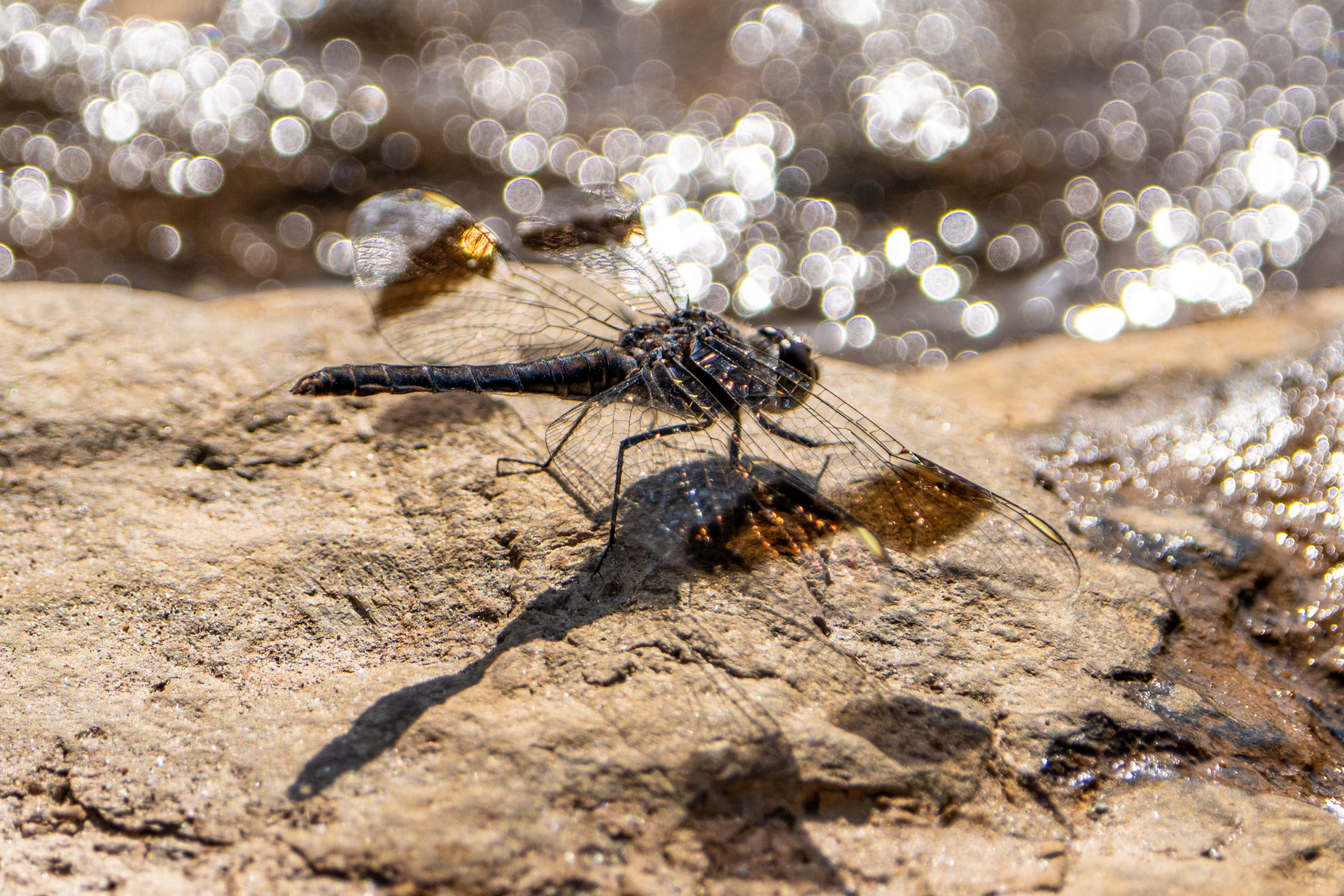
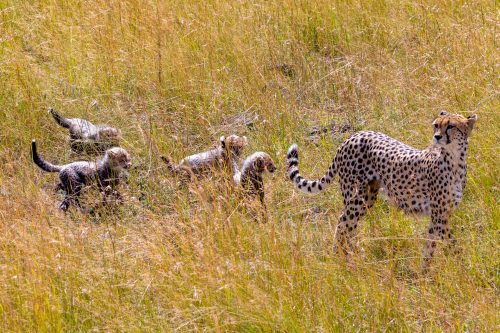
It seems hard to believe that it was only a year ago we got our first glimpse of all four of Risasi's cubs. A lot has transpired since then but we are proud of how Risasi and her two remaining cubs have persevered.
Filed under: This Week at Angama
Subscribe for Weekly Stories
Comments (0):
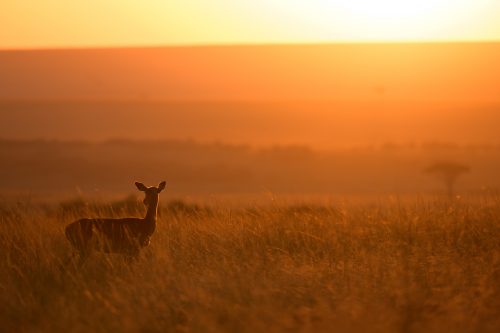
Rates & Availability